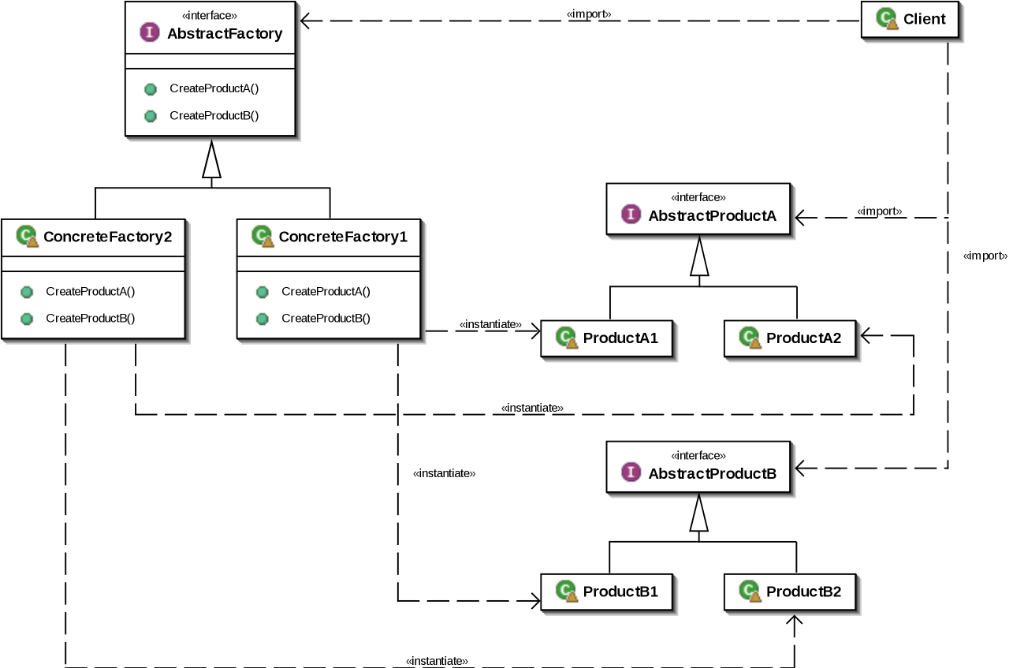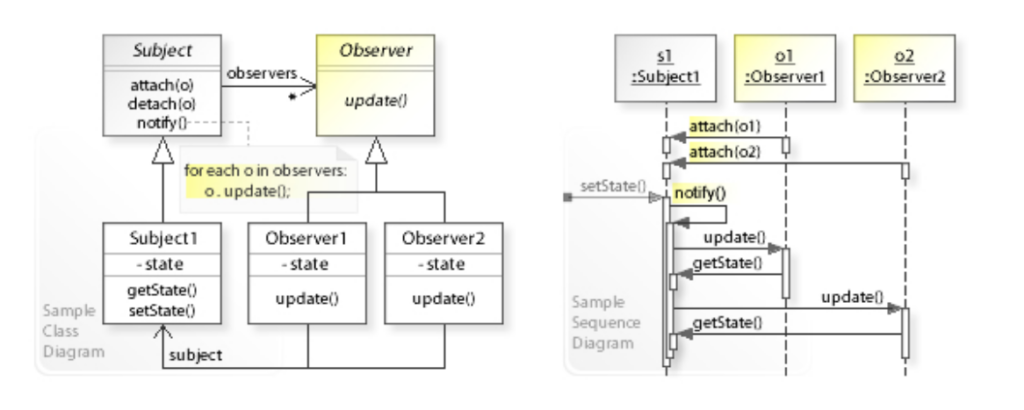Java is a powerful and popular programming language that is widely used in software development. One of the key strengths of Java is its ability to support design patterns, which are reusable solutions to common software design problems. In this blog post, we will explore some of the most important design patterns in Java and …
Java is a powerful and popular programming language that is widely used in software development. One of the key strengths of Java is its ability to support design patterns, which are reusable solutions to common software design problems. In this blog post, we will explore some of the most important design patterns in Java and how they can be used to improve the structure and maintainability of your code.
The Singleton Pattern
The singleton pattern is a design pattern that ensures that a class has only one instance and provides a global point of access to that instance. This pattern is useful when you need to ensure that a resource, such as a database connection, is shared among all objects in your application. In Java, you can implement the singleton pattern by making the constructor of your class private and providing a static method that returns the singleton instance.
Example:

The Factory Pattern
The factory pattern is a design pattern that is used to create objects without specifying the exact class of the object that will be created. This pattern is useful when you need to create different objects based on certain conditions, such as the type of data or the configuration of your application. In Java, you can implement the factory pattern by creating a factory class that has a method that returns the appropriate object for a given input.
Example:

The Observer Pattern
The observer pattern is a design pattern that is used to allow one object to notify other objects of changes in its state. This pattern is useful when you need to keep multiple objects in sync and ensure that they are updated when changes occur. In Java, you can implement the observer pattern by creating an observer interface and a subject class that notifies the observers when changes occur.
Example:

The Decorator Pattern
The decorator pattern is a design pattern that is used to add new behavior.
Example:

That’s all for some popular design patterns for Java, there are plenty more patterns you can read on internet.






